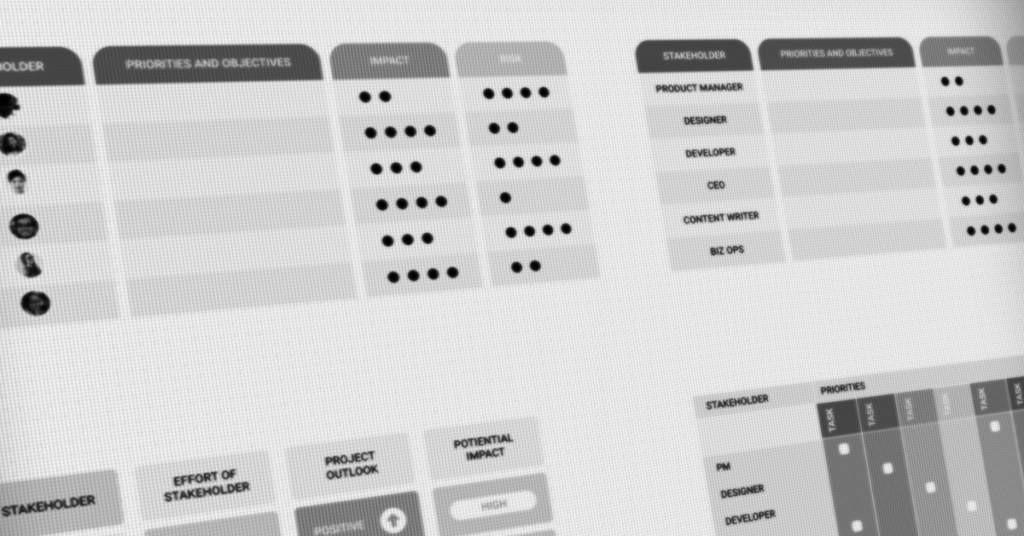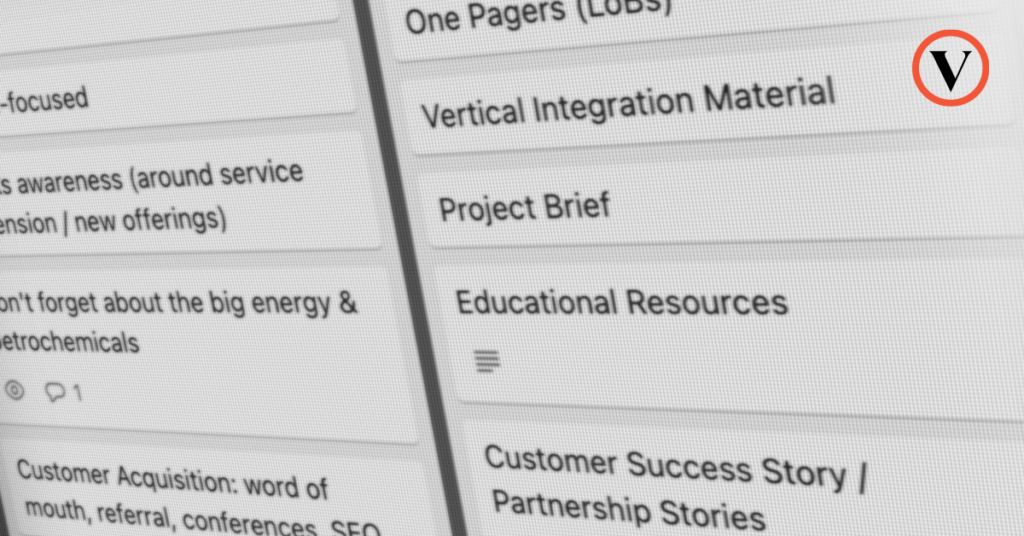Project-based digital launches can be a real pain in the ass. Whether it's a small-scale social campaign, or a larger website redesign, there are always enumerable landmines lying in wait. Stakeholder alignment, team/business unit politics, and incongruent prioritization are just some of the hurdles that have to be cleared.
The best way to prevent these challenges from disrupting your launch plan is to address them from the jump. Below are 6 quick tips for improving your design-to-launch methodology:

1. Be fully transparent
Be diplomatic, but be direct. A little workplace alacrity never hurt anybody, and honesty, almost uniformly, is the best way to serve the ultimate product.
Transparency is especially critical when you're dealing with an aggressively shrinking delivery window comprised of a fluid scope and/or rolling approvals. Keep in mind that conflicting ideas on an approach often drive creativity and increased collaboration.
2. Have a clearly defined, and understood, launch date
Ambiguity is the killer of quality. Timeboxes are important in governing expectations, service design and execution, approvals, and greater business impacts. So how do you work towards a design-sprint model that works for your launch? Try working backwards from one of the project criteria below:
- Calendar-based; number of project days, sprints, or cycles
- Budget-based; how much we can/will feel comfortable investing
- Scope-based; how complex the project is or what deliverables are needed
Clearly communicated deadlines drive accountability, focus, and purpose.
3. Start small, move quickly
Take it day-by-day, piece-by-piece. Remember with iterative delivery, you can bite off digestible chunks of work product and move more rapidly through your task manifest. This approach will also keep you grounded in your 'go-live' priorities. Once those are resolved, you can move into the 'nice to have' list, or at least closer to those items on that never-ending backlog. There's always more work waiting for you post-launch.

4. Designate a tiebreaker
If ambiguity is the killer of quality, indecision is the destroyer of progress. There's nothing worse than getting caught in decision-limbo with a broad group of stakeholders. Determine roles and responsibilities before you start pushing pixels. One defining process we advocate for is creating a RACI (Responsible, Accountable, Consulted, Informed) matrix to aid in mapping out key decision-makers and further establish the rules of engagement. A clear path to a decision is extremely critical to a successful release.
5. Map approvals to objective, user-centered criteria
Use business goals, data, and KPIs to create objective guidelines in order to keep strategy, design, and development in lockstep. The best way to get ahead of subjective, anecdotal 'hot takes' from large-group critiques is to map USER-DRIVEN quantitative and qualitative success metrics to outcomes. "Well I can see where you're coming from Bruce, but 85% of our surveyed users said they don't see value in XYZ." Objectivity goes a long way in building cooperation and alignment.
6. Document, reflect, course correct
The only way we improve is through continuous measurement and course correction from project-to-project. It's critical to find a few minutes a day to annotate product design artifacts, create process notes, and optimization suggestions for the next go-round. Progressive improvement and process optimization is all carried by observant, in-flight documentation and reflection. And remember, you're only as good as your last product launch, kids!